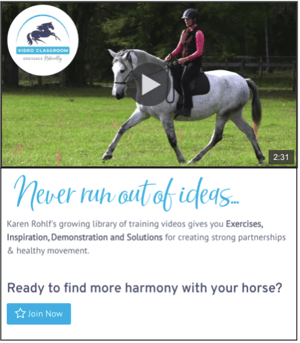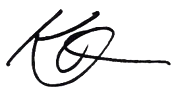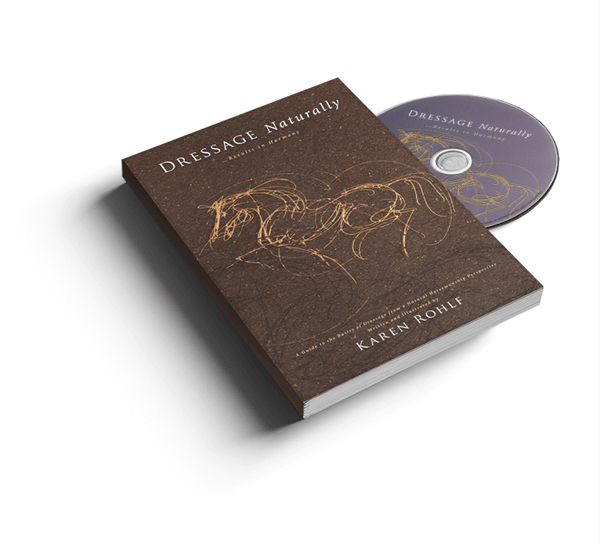There's a lot of discussion in dressage circles about how tight or loose a noseband should be in order to create the best contact yet be 'nice enough' to the horse. Sometimes when things don't go well, a trainer or instructor's first impulse is to tighten the noseband a few holes. When I started riding bitless and bridleless it made me question every piece of equipment I use. As a result I no longer use nosebands. For those who compete in dressage: Yes, dressage competition requires your bridle to have a noseband, but it doesn't require you to use it without thinking about why.

Why Don't You Use A Noseband?
These days every dressage and 'regular' english bridle comes with a noseband.The standard dressage snaffle bridle comes with a crank noseband and flash attachment. The standard double bridle comes with a crank cavesson. The easy, unconscious decision is to use a noseband. If someone doesn't think about nosebands at all, they will end up with a noseband on their horse. A rider who takes one off their bridle may feel like they are doing something 'wrong' and may get asked: "why don't you use a noseband?" I get asked that a lot.
I have a different question: 'Why do you use a noseband?'
Why Were Nosebands Invented?
There are 2 functional reasons for nosebands on bridles:
- To control the horse's mouth from opening.
- To attach a standing martingale so you can control a horse's head from going too high.
I am not interested in doing either of those things.
I won't go into all the different types of nosebands. There is an article in Practical Horseman that describes all the different ways to shut a horse's mouth. (If you read that article, it will confirm the primary purpose of most nosebands is to close the mouth). Some people will say a noseband stabilizes the bit, to which I wonder: Why would the bit be unstable without a noseband?
Questionable Logic
I often hear "Dressage is all about the quality of the contact". (I hear this when I bring up the topic of bitless dressage). My question is: How can you assess the quality of the contact with a noseband holding the mouth shut?
That's a real question. If the specialty of dressage is about the quality of the contact, why is it normal (or even allowed) that dressage riders can essentially hide how their horse feels about the contact? They don't let contestants on American Idol use auto-tune.
I think it's true that 'dressage has become all about the contact', but not in a positive way. Dressage students have become so focused on getting their horse's heads in a certain position they are forgetting what dressage is really about. Reading the dressage rule book is fascinating. There is not a dedicated section about contact. There are references to how soft and accepting the horse should be and how the horse should be 'as a rule slightly in front of the vertical, with a supple poll as the highest point of the neck, and no resistance should be offered to the rider.' (FEI dressage rules Article 401.6). If dressage riders stopped thinking it was 'all about the contact' and instead focused on all the nice things described in article 401, there might not be so many contact issues, and therefore, less of a need to force a horse's mouth closed.
Below is a passage from an article in Dressage Today magazine. It's nice that it emphasizes the importance of not over-tightening nosebands, but unfortunately holds the assumption that the horse still needs one:
From the article:
"... a too-loose noseband can interfere with a horse’s ability to self-carry just as much as one that is too tight. This situation usually occurs unintentionally when a rider does not take into account that leather stretches with use. It is important to check the noseband and placement of the bit regularly and to make adjustments as needed. If this is not taken care of, the rider will have difficulty creating and maintaining a steady connection. The horse’s neck will become wobbly both laterally and longitudinally. And he will easily discover how to avoid half halts by stiffening and raising his head and hollowing behind the withers. Such unpredictability in the connection can become a major cause of tension for the horse, making throughness impossible. If the rider is frustrated with the unsteady connection and, in an effort to obtain submission, becomes busier with the hands, a vicious cycle is created.”
The idea that the lack of a noseband prevents a horse from being able to have self-carriage is, in my opinion, just plain ridiculous. If the leather on your noseband is stretching, it means that the horse is putting pressure against it enough to stretch it. The article also says that the solution is to tighten it up again. If your riding style creates wobbly necks and increased evasion, making throughness impossible, then there is something wrong with the riding style, not that the noseband is too loose.
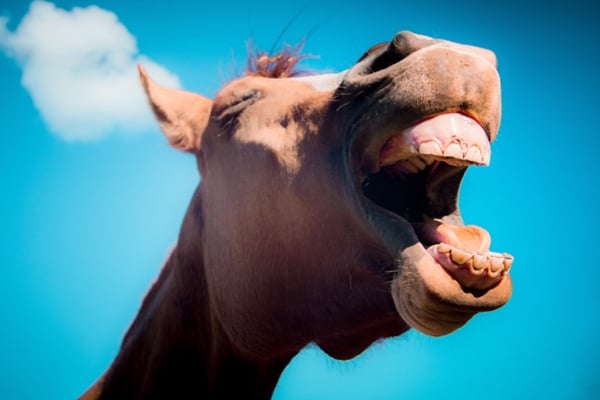
Side Note: Although this article makes the case for not using nosebands, I also know that sometimes readers may take this information one step further than I intend. For that reason I need to mention: Not all horses with nosebands are being ridden poorly. Not all horses without nosebands are being ridden excellently.
Mouths Move
Not all movement of the horse's mouth is an evasion. If we close the horse's mouth to evasive opening, we also close it to the natural opening necessary for licking, chewing, and relaxing the jaw. Those movements are all an important part of what horses do in order to process and release tension, lick, and swallow. When riding a horse who has a tendency to hold tension in his jaw (as many humans also do), I may use a rein technique that asks the horse to open his mouth for a moment which directly causes him to release tension.
Often you will see dressage horses with huge amounts of foamy saliva. When the amount of foam accumulated is more than what is a natural result of wet lips softly touching each other, there is a good chance the horse is not swallowing. Decreased swallowing can often happen during athletic exertion (which is why athletes often spit), but during rest and recovery or even a short break, relaxed horses usually lick away any excess. (Unless they are unable to move their mouths enough to do that). You can find another blog about foamy mouths here.

Hiding Problems
If you try doing dressage without a noseband and your horse goes worse, that does not prove that using a noseband was the best way to progress your training. It could prove the tight noseband was hiding a problem! If you take the noseband off and your horse gapes his mouth and goes above the bit, it means he has been thinking about and trying to do that every day but you couldn't see it. Now you have the opportunity to train and ride differently, so that even without a noseband he offers a quiet, soft, communicative mouth.
If a horse feels the need to open his mouth while being ridden, closing it with a noseband does not usually change that. The cause of the horse wanting to open his mouth will still be there. Look closely at horses being ridden with tight nosebands. You can still tell the ones who are resistant in their mouths. This can actually be quite obvious, and it's sad that this facial expression is seen as normal in many dressage circles.
Nosebands Cause Horses To Want To Open Their Mouths
What if the noseband is the cause of the horse wanting to open his mouth? After a horse is ridden with a tightened noseband, watch what happens when the bridle is taken off. Most of the time, the first thing he will do is open his mouth and move it around. You can try this with yourself. Take your thumb and forefingers of both hands and wrap them around the bridge of your nose and down around your jaw. Hold your hands there for a while. Play with the amount of pressure. After a minute take your hands away. I am willing to bet you had a strong desire to open your mouth and move your jaw around, and that was after just a minute (if you even lasted that long).
Side Note: Bitless bridles need to have a nosepiece. For the reason I discussed above, I designed the Dressage Naturally bitless bridle specifically so that the nose piece could be very loose. (Many bitless bridles have straps that tighten down on the nose.)
My View On Nosebands In A Nutshell:
If a horse feels the need or desire to open his mouth, I want to know, and will give him the room to do it. This will allow me to see issues in the training that I can then solve. If I am training a horse with a past history of such big problems and established evasions of the bit that a noseband feels absolutely necessary, it's likely that poor horse needs to go bitless and get some real relief, healing, rebalancing, and positive association with contact.
Of course there are anecdotal stories of how a noseband helped a particular horse go better and I know there are some of you reading this that use nosebands and know you use them well. You may say: 'I use a noseband but I keep it really loose' ... (I wonder: 'Then why use one at all?' ). You might just like the appearance of your horse's head with one. Maybe you keep a noseband on because it's easier than explaining to everyone at your barn why you took it off. Maybe you really have tried everything and your horse simply goes better with a noseband (adjusted politely).
If you are currently using a noseband, it's important to know your reason and decide if you really like that reason. I am not here to judge or criticize you. Ask yourself why you are adding this piece of equipment to your horse's head. Think about it. Perhaps you can look at nosebands in a new way and be even more conscious and confident about what your horse needs to be his best, and the equipment you choose to help you.
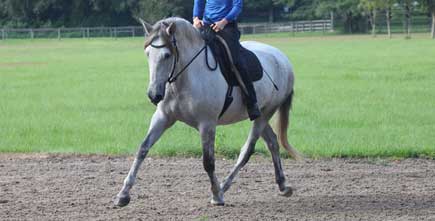
Communication & Balance
We have to ask ourselves: What are we doing? Do our actions support the dream we are trying to achieve?
At the end of the day, we have to check in with ourselves to see if we are on track and heading in the direction we want to. For me, my actions and equipment need to feel aligned with my principles and what feels good. I'm for sure not perfect, but I need to feel like I am doing my best for my horse in as many areas as I can.
Dressage Naturally bridles without nosebands are available in the DN Shop
I remember a dressage student who came to me after years of struggling in dressage. She told me she and her horse were still struggling with being 'on the bit' and it affected everything they did. After a few minutes of observing her in our first lesson I walked up to her to chat about the contact. I asked her how she wanted it to feel. She described how she wanted the horse to have a soft mouth. We talked about how softness came from contact based on self carriage and that self carriage came from being able to let go of the reins and still be in balance.
I asked for permission to loosen her horse's noseband because we were going to ride without contact for a moment. She burst into tears. Through her crying she said how it never felt right when her instructor tightened the noseband when things got difficult. She said it always felt like punishing the horse for her own mistakes but she saw everyone else doing it and thought that was what she was supposed to do. I let her know that it wasn't her fault; that she was just trying to be a good student.
I then asked if it was OK if we took the noseband off completely. She laughed and said: 'Heck YEAH!' The other students watching applauded. I hung it on the fence and she happily began her journey for balance, communication and achieving the true Object Of Dressage with her horse.
--
Thoughts? Scroll down to leave a comment!


